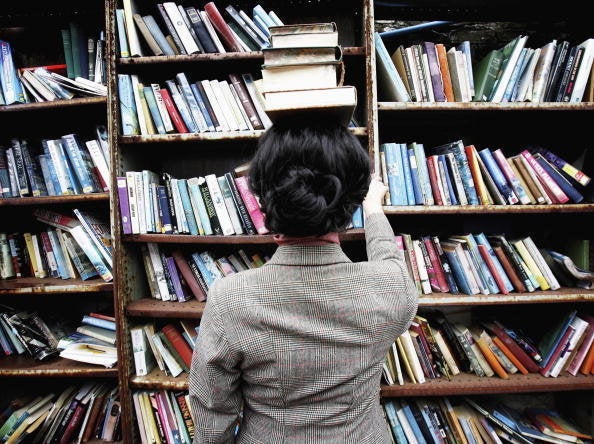
Ominously, officers of London's Obscene Publications Unit of the Metropolitan Police forced the withdrawal of a naked image of actress Brooke Shields aged 10 (see truncated reproductions) from the newly opened "Pop Life" exhibition at the Tate Modern, one of the most respected museums in the world. This, after having received warnings from Scotland Yard (Sherlock Holmes would be turning over in his grave if he knew it had come to this). Perhaps even more bizarre and frightening, the Tate's catalog for the exhibition was withdrawn from sale.
The work that was removed, entitled "Spiritual America," by American artist Richard Prince happens to be one of the iconic images of contemporary art. Certainly not for the perceived salaciousness of the imagery, but far more deeply for what it portends in terms of one American master's visceral commentary on varied undertones of the American experience. The significance of the work is such that the major retrospective of the artist's work at the Guggenheim Museum in New York (2007-2008) and at the Walker Art Center in Minneapolis (2008) was subtitled "Richard Prince: Spirtual America." The image was displayed at both venues without the slightest modicum of incident.
To understand the bathos of Prince's art let me quote excerpts from a review of the artist's retrospective by Roberta Smith of the New York Times, "Pilfering a Culture Out of Joint," Sept. 28, 2007:
Richard Prince has heard America singing, and it is not in tune. The paradoxically beautiful, seamless 30 year survey of his work at the Guggenheim catches many of our inharmonious country's discontents and refracts them back to us. The central message of this array of about 160 photographs, drawings, paintings and sculpture, most of which incorporate images cribbed from popular culture is that we won't be getting along any time soon. But in Mr. Prince's view, little of life's cacophony is real except the parts deep inside of us that are hardest to reach.
...He has said that his goal is "a virtuoso real," something beyond real and patently fake. But his art is inherently corrosive; ... His work disturbs, amuses and then splinters in the mind. It unsettles assumptions about art, originality and value, class and sexual difference and creativity.
The work in the Guggenheim exhibition subtitled "Spiritual America" defines the nation's culture as a series of weird, isolated subcultures-from modernist abstraction to stand-up comedy to pulp fiction cover art-and gives them equal dignity.
So, in London, at the behest of Scotland Yard the work "Spiritual America" was ordered removed from the Tate Modern's exhibition. This, an artwork that was shown in exhibitions celebrated in New York and Minneapolis and shown in countless other venues before and since. Can the removal simply be attributed to the professional vigilance of the London police's Obscene Publications Unit? The work of overzealous monitors of public morality? Perhaps. But then again, perhaps not. Or perhaps something far more sinister, a willful censorship, striking at the very heart of artistic creativity and ultimately at our basic freedoms of expression.
How coincidental that the Tate imbroglio should have taken place barely more than a month after the brouhaha stirred by the Yale University Press's bowdlerization of Jytte Klausen's book, "The Cartoons That Shook The World," to be published in November, after having excised the now infamous Danish cartoons as well as Gustave Dore's illustration of Mohammed for Canto 28 of Dante's "Inferno."
Yale chose to "edit' Klausen's book after consulting "two dozen authorities including diplomats and experts on Islam" ( a study that Yale has refused to make public). The opinions of the likes of the only Muslim member of the House of Lords, Baroness Kishwer Falker, who enthusiastically endorsed the book, apparently went unheeded. (For a full and a depressingly eye-opening reportage on this issue please read Roger Kimball's "Villain or Fall Guy? Yale and the case of the Missing Cartoons.")
The pointed question arises, why banishment in London, and why not in New York or Minneapolis or myriad other locales? Is it because the London that once was, is no longer the London of today. That it is a city whose constituency and fabric has altered dramatically in recent times. A city that has had as its mayor and has been formed in part by one Ken Livingstone, whose ideology would be well suited to what Kimball terms "pre-emptive capitulation" that forfeit the prerogatives of truth for the dubious satisfactions of multicultural self-righteousness. Where draconian aspects of Shariah law filter through, purposely losing sight that living in a modern, secular democracy there is always plenty of offense to go around. That is what has happened to Yale. If now London, where next?